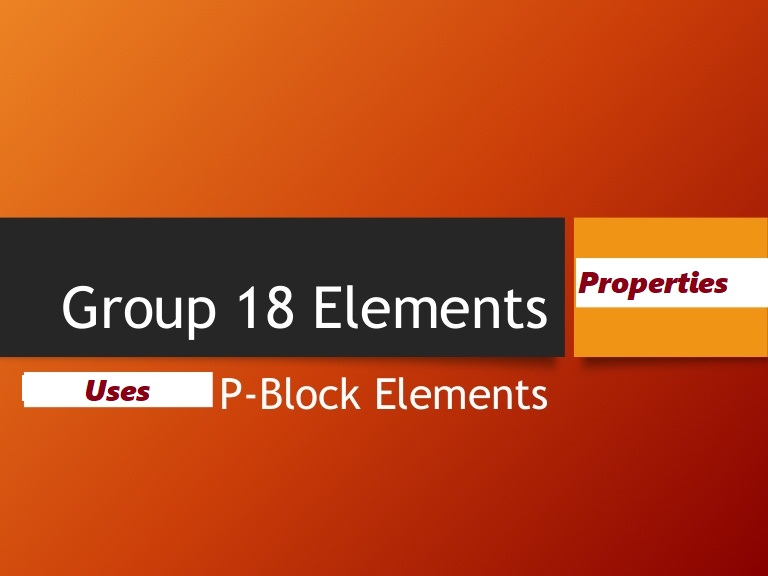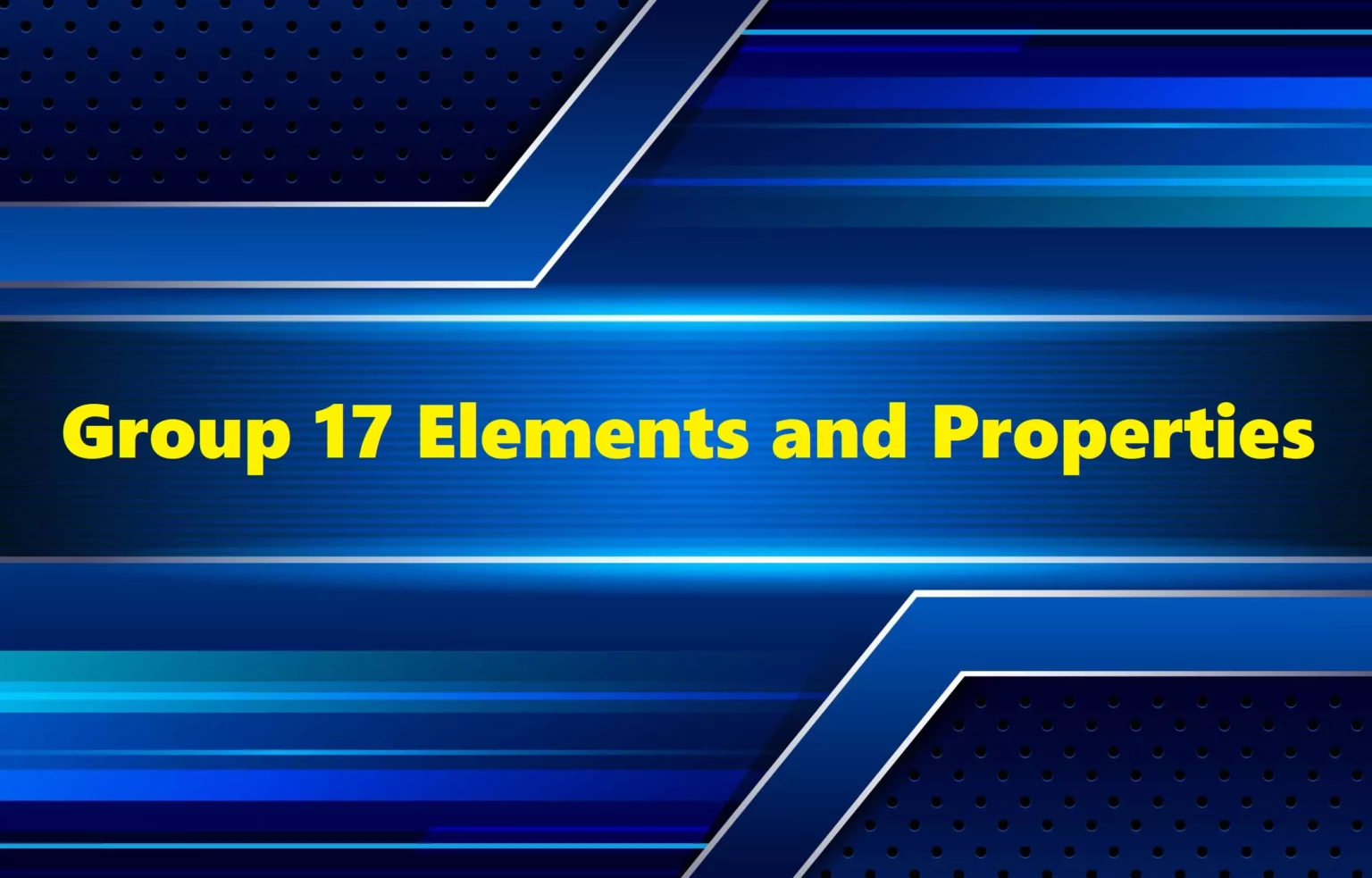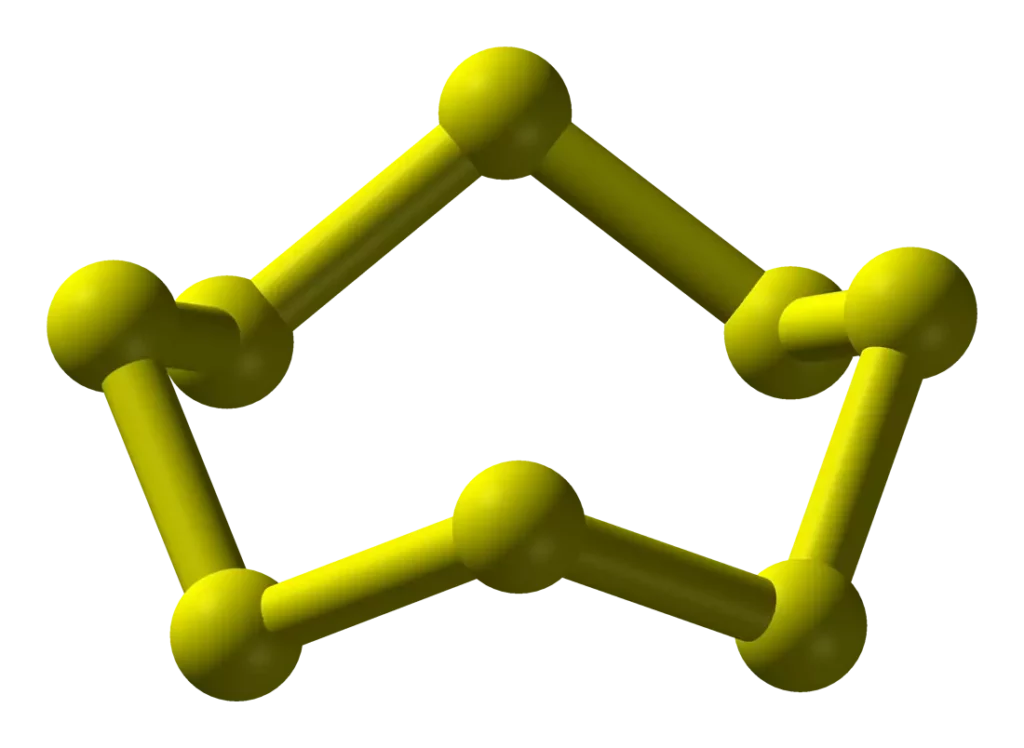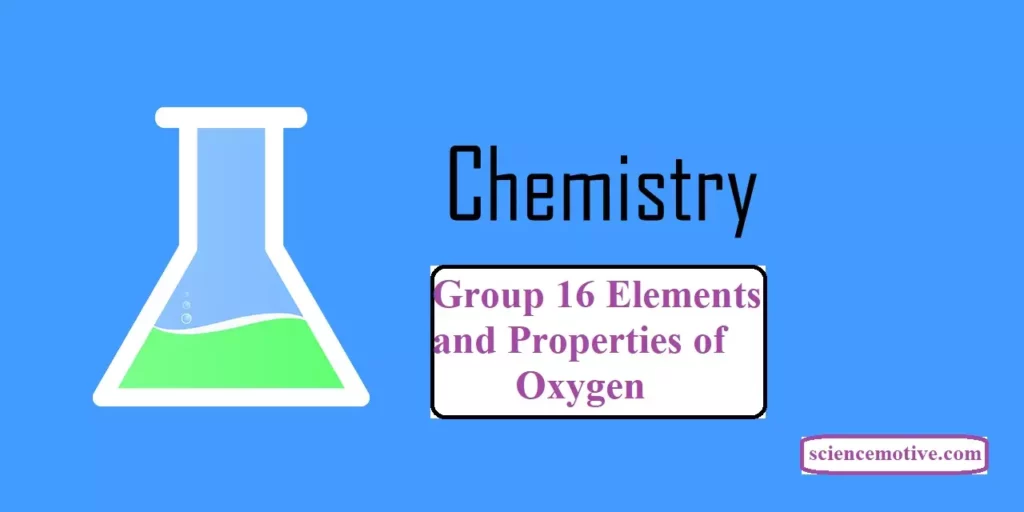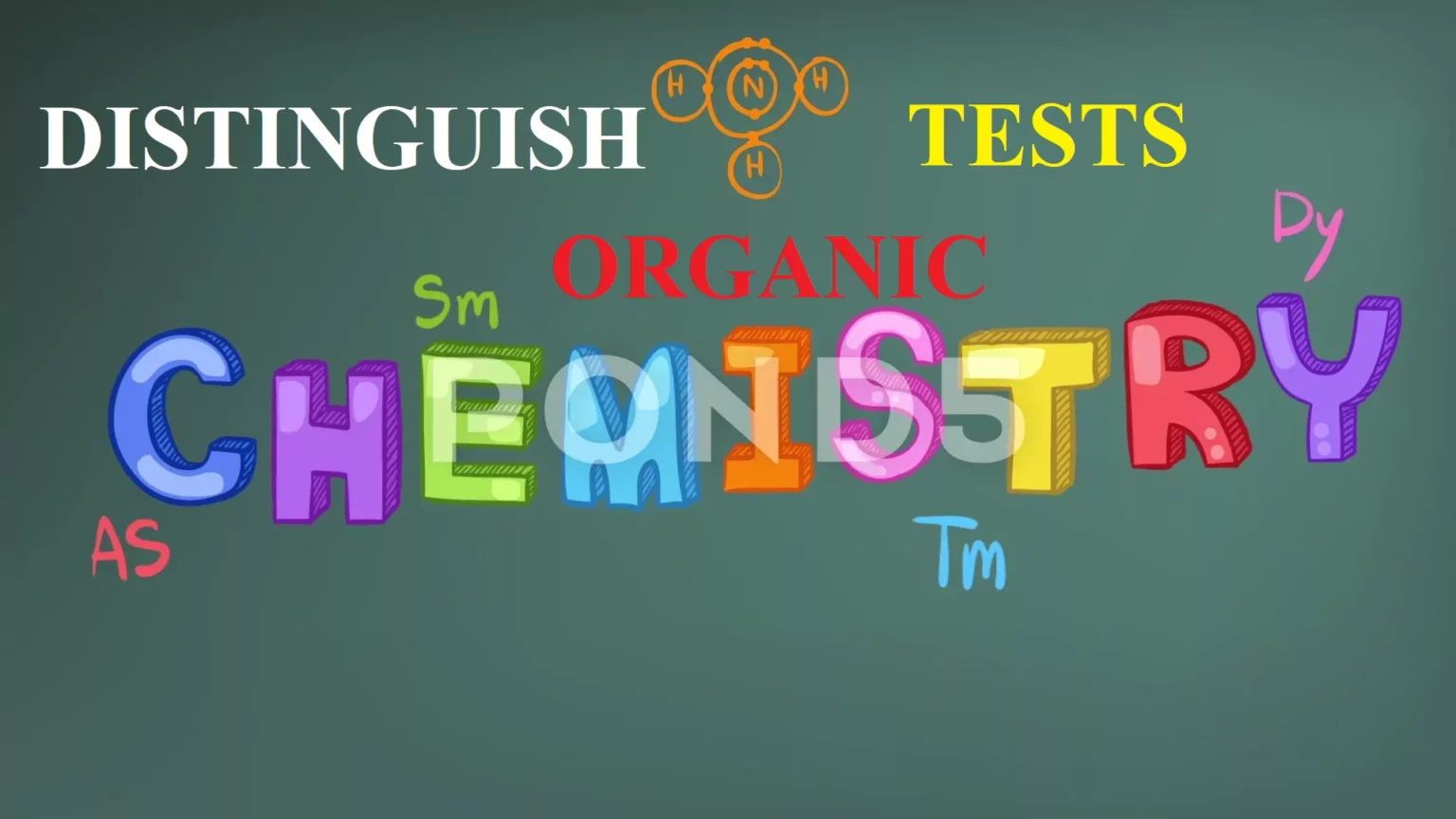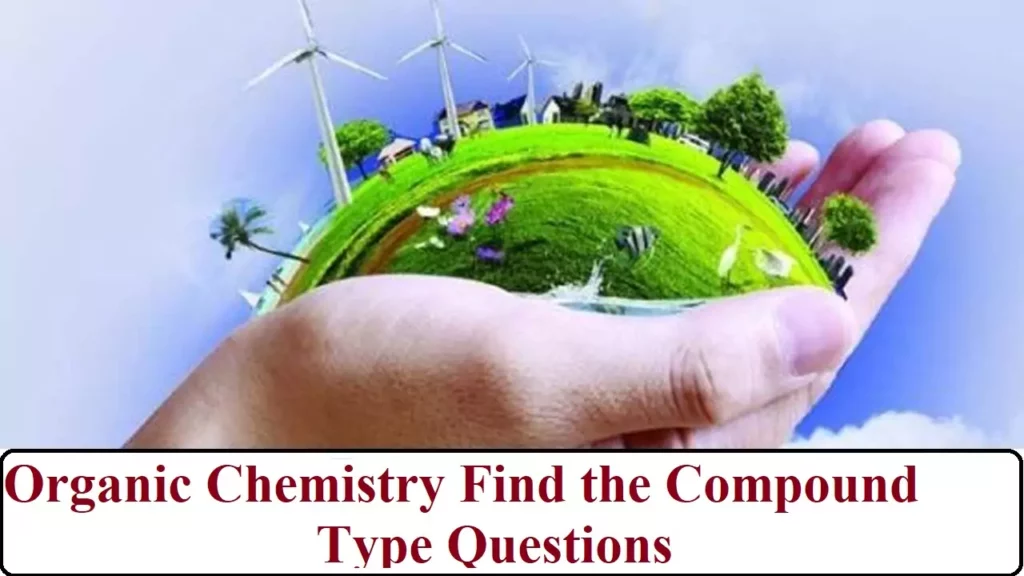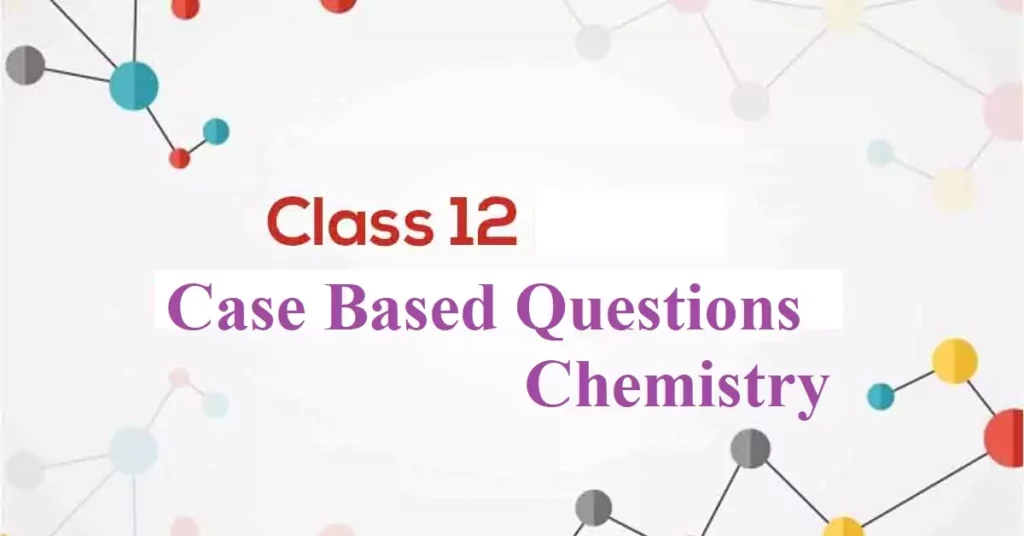Noble Gases (Group 18) Elements Group 18 Elements Group 18 consists of six elements- helium (He), neon (Ne), argon (Ar), krypton (Kr), xenon (Xe), and radon (Rn). All these are gases and chemically unreactive. They form very few compounds. Because of this, they are termed noble gases. (i) Occurrence: All the noble gases except radon occur in the atmosphere. Their atmospheric abundance in dry air is ~ 1% by volume of which argon is the major constituent. Helium and sometimes neon is found in minerals of radioactive origin e.g., pitchblende, monazite, cleveite. The main commercial source of helium is natural gas.…
Author: Dr. Vikas Jasrotia
Chlorine its Properties and Oxoacids of Chlorine Chlorine (Cl2) (1) Preparation: It can be prepared by any one of the following methods: (i) By heating manganese dioxide with concentrated hydrochloric acid. MnO2 + 4HCl → MnCl2 + Cl2 + 2H2O Conc. HCl can be replaced by a mixture of common salt and concentrated H2SO4 4NaCl + MnO2 + 4H2SO4 → MnCl2+ 4NaHSO4 + 2H2O + Cl2 (ii) By the action of HCl on potassium permanganate. 2KMnO4 + 16HCl → 2KCl + 2MnCl2 + 8H2O + 5Cl2 (2) Manufacture of Chlorine: (i) Deacon’s Process: By oxidation of hydrogen chloride gas by atmospheric oxygen in the presence of CuCl2 (catalyst) at 723 K. 4HCl+O2 ⎯⎯⎯⎯→2Cl2 +2H2O (ii) Electrolytic Process: Chlorine is obtained by the…
Group 17 Elements and Properties Group 17 Elements Group 17 includes Fluorine (F), chlorine (Cl), bromine (Br), iodine (I), and astatine (At). They are collectively known as the halogens (Greek halo means salt and genes born i.e., salt producers). The halogens are highly reactive non-metallic elements. (i) Electronic Configuration: All these elements have seven electrons in their outermost shell (ns2 np5) which is one electron short of the next noble gas. (ii) Atomic and ionic radii: Halogens have the smallest atomic radii in their respective periods because of the maximum effective nuclear charge. Atomic and ionic radii increase from fluorine to iodine due to…
Sulphur its Compounds and Properties Sulphur (S): Sulphur is the 2nd element of the oxygen family. Sulphur forms a large number of allotropes. Among these Yellow Rhombic (α-Sulphur) and Monoclinic (β -Sulphur) forms are the most important. The stable form at room temperature is rhombic sulphur, which transforms into monoclinic sulphur when heated above 369 K. (i) Rhombic Sulphur (a – Sulphur): This allotrope is yellow in colour, m.p. 385.8 K and specific gravity 2.06. Rhombic sulphur crystals are formed on evaporating the solution of roll sulphur in CS2. It is insoluble in water but dissolved to some extent in benzene, alcohol and ether. It is…
Group 16 Elements and Properties of Oxygen General Properties: (i) Ionisation Enthalpy: Ionisation enthalpy of these elements decreases down the group. It is due to an increase in size. However, the elements of this group have lower ionisation enthalpy values compared to those of Group 15 elements. This is due to the fact that Group 15 elements have extra stable half-filled p orbitals electronic configuration. The oxygen atom has less negative electron gain enthalpy than sulphur because of the compact nature of its shells due to which the electronic repulsion is greater. (ii) Oxidation State: They show -2, +2, +4, +6 oxidation…
Passage Based Questions Chemistry Class XI 1. Read the passage and answer the questions that follow: The attractive force which holds the two atoms together is called a chemical bond. A covalent bond is formed by an equal sharing of electrons. A coordinate bond is formed by unequal sharing of electrons. An ionic bond is formed by the transfer of electrons from one atom to another. Octet rule, although very useful but is not universally applicable. According to valence bond theory, a covalent bond is formed by overlapping of half-filled atomic orbitals resulting in a lowering of energy and…
Fully Solved Paper Chemistry Class XII CLASS – XII SUBJECTS – CHEMISTRY M.M.70 TIME: 3 HOURS General Instructions: There are 33 questions in this question paper. All questions are compulsory. Section A: Q No. 1 to 16 are objective-type questions. Q.No. 1 & 2 are passage-based questions carrying 4 marks each while Q.No 3…
Organic Chemistry Distinguish Tests Distinguish between 1. (C2H5)2NH and (CH3)3NH i). Add HNO2. (C2H5)2NH will form a yellow oily compound, whereas (CH3)3NH will form salt soluble in water. (C2H5)2NH + HNO2 → (C2H5)2N−N=O diethylamine N − nitrosodiethylamine (Yellow oily liquid) ii). Alternatively, add Hinsberg’s reagent (C2H5)2NH will form compounds soluble in KOH, whereas (CH3)3NH will not react. 2. C6H5NH2 and C6H5-NH-CH3 i). C6H5NH2 Will give Carbylamine test (primary amine) – in addition with chloroform and KOH, C6H5NH2will give offensive smelling compound. 3. To distinguish Primary, secondary and tertiary amine: i). Hinsberg test: ii). Nitrous acid test: 4. Aniline and…
Organic Chemistry Find the Compound Type Questions Que 1. An organic compound (A) (C8H16O2) was hydrolysed with dilute sulphuric acid to give carboxylic acid (B) and alcohol (C). Oxidation of (C) with chromic acid produced (B). (C) on dehydration gives but-1-ene. Identity A,B,C. Ans 1. Organic compound A is an ester as on acid hydrolysis it gives a mixture of an acid and an alcohol. Oxidation of alcohol (C) gives acid (B). Hence, the number of carbon atoms in (B) and (C) are the same. Ester (compound A) has eight C atoms. Hence, both carboxylic acid B and alcohol…
Case-Based Questions Chemistry Solid State Passage – 1 Read the given passage and answer the questions that follow: A lattice can be generated by repeating a small portion called the unit cell. A crystal structure is made of atoms. In other words, the structure is an ordered array of atoms, ions or molecules. The different type of unit cells are Primitive Cubic Unit Cell, Body-centered Cubic Unit Cell, Face centered cubic unit cell. The primitive cubic unit cell has atoms only at its corner. Each atom…
